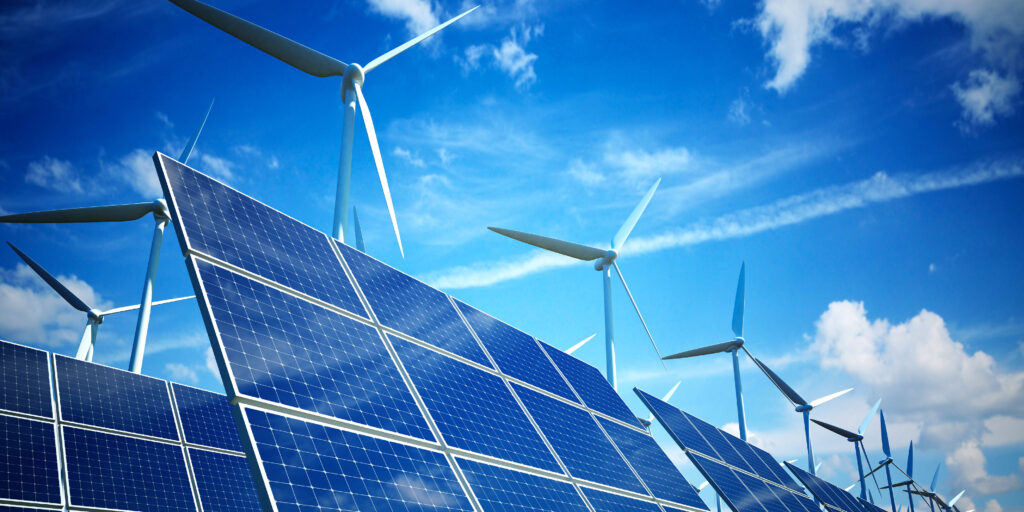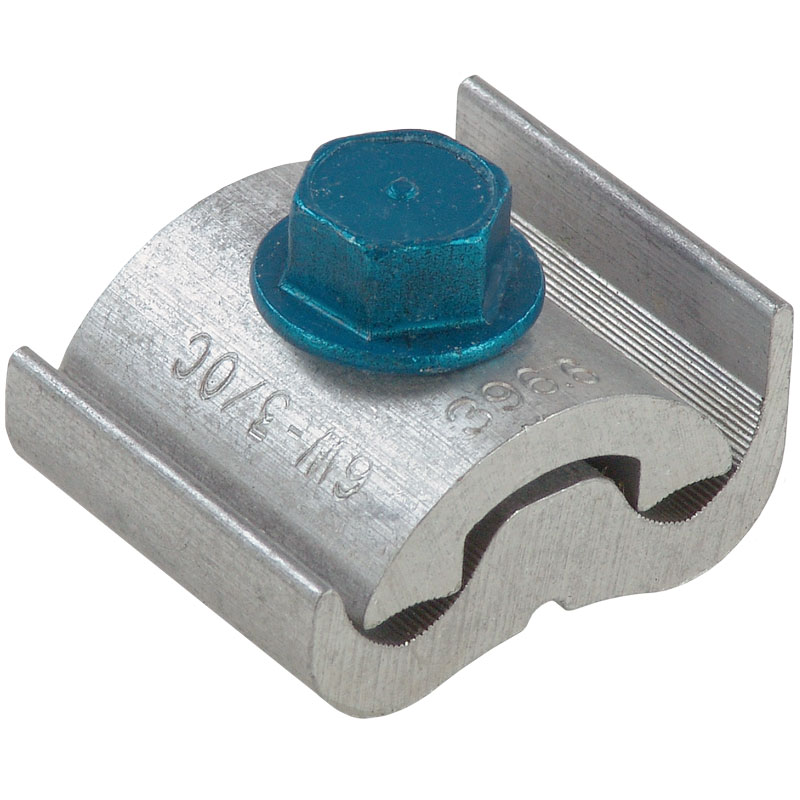
South America is at the forefront in utilizing renewable energy sources such as hydropower, solar, wind, and geothermal energy. These regions could draw in investments that result in the improvement of infrastructure, modernization of the grid, and electrification of rural communities. Investing in smart grids is essential for meeting the growing need for electricity and incorporating renewable energy sources. Furthermore, nations such as Bolivia, Argentina, and Chile have significant lithium deposits. This encourages investments in the advancement of energy storage options such as batteries. At the same time, parallel groove clamps play a role in the electrification and sustainability of energy in South America. This is achieved by ensuring the connections of conductors are secure, minimizing energy loss, and facilitating the integration of renewable energy.
Policies aimed at attracting foreign investments have been implemented by the majority of South American countries. The policies aim to establish regulatory environments that are conducive to attracting and promoting foreign direct investment. Nations such as Chile, Brazil, Colombia, Argentina, and others have implemented strategies to achieve their energy objectives by 2030. The policies established encompass renewable energy auctions, tax incentives, and PPP frameworks. These policies attract funding towards extensive initiatives such as wind farms, solar plants, and modernizing the grid. Additionally, parallel groove clamps contribute to improving the effectiveness, dependability, and longevity of power transmission and distribution systems. This is what makes them essential parts in promoting energy sustainability in South America.
Obstacles that hinder investment opportunities in South America
The abundance of resources in South America offers investment opportunities in the area. They also offer favorable policies and incentives to lure extra investors to their energy industry. Yet, there are various obstacles that can affect the achievement of these investments. These difficulties arise from political, economic, social, environmental, and regulatory factors. Hence, conducting risk assessment and establishing collaborations with local stakeholders is essential for managing these challenges. Parallel groove clamps ease the transmission and distribution of electricity. This is while also simplifying the extension of grids to distant locations. Challenges in investment opportunities in energy infrastructure in South America are as follows.

- Instability in politics and regulations can result in fluctuations in energy policies and regulatory structures. In Argentina, shifts in government have resulted in changes in policy about incentives for renewable energy.
- Fluctuations in the economy, such as devaluation of currency and elevated inflation rates, may lead to decreased investment returns for overseas investors. Changes in the prices of machinery, manpower, and supplies may impact the economic sustainability of extended undertakings.
- Obtaining permits for energy projects is a time-consuming process because of complicated bureaucratic procedures and delays in permitting. Corruption can impact the approval of projects, contracts, and negotiations as well.
- Some South American nations rely on fossil fuels such as oil and natural gas. Changes in worldwide prices can affect the profitability of energy ventures. Brazil and Argentina could face competitive pressures in attracting investments in renewable energy. This is a result of their initiatives in fossil fuel projects.
- Uncertainty in energy policy arises when governments focus on fossil fuel development over clean energy projects, creating challenges for investors. Additionally, government subsidies, tax breaks, or incentives are essential for renewable energy projects. Changes in the economy could lead to decreases in these subsidies. This in turn affects the financial sustainability of energy infrastructure.
Importance of parallel groove clamps in the energy infrastructure of South America
Due to the rising energy demand in South America, there is a growing need for effective, long-lasting, and easy-to-care-for electrical connections. Parallel groove clamps play a crucial role in maintaining the dependability of electricity transmission and distribution. In this way, they help with the region’s continuous energy transition and initiatives to update and enhance its energy infrastructure. At TTF Power Systems, we are a one-stop-shop for utility pole hardware fittings, transmission line accessories and power line construction equipment. Below are the various ways in which parallel groove clamps play a significant role in energy infrastructure.

- Reliability of transmission lines – parallel groove clamps are used to connect conductors in overhead power lines. The clamps ease the connection of renewable energy systems to the national grid in countries such as Brazil, Chile, and Argentina.
- Expansion of grid- parallel groove clamps aid in extending transmission and distribution lines to remote regions. They assist in linking small energy production units to nearby grids. This aids in providing off-grid backup power solutions to remote communities.
- Affordable upkeep – these clamps can endure environmental conditions such as extreme temperatures and humidity. The clamps aid in cutting down operational expenses as they are simple to set up and need little upkeep.
- Encourage the shift to renewable energy – parallel groove clamps are utilized to enhance antiquated transmission systems. They also make sure that renewable energy electricity is efficiently transmitted to the grid.